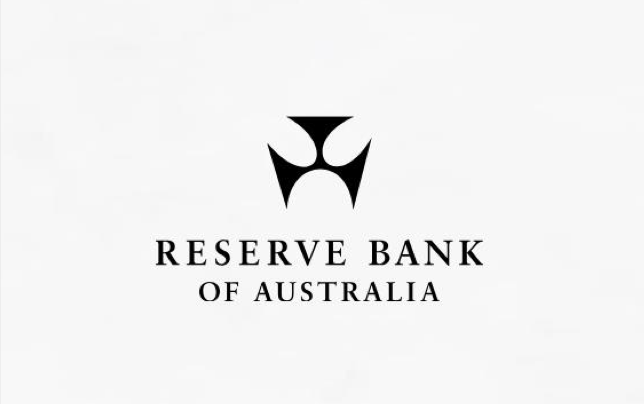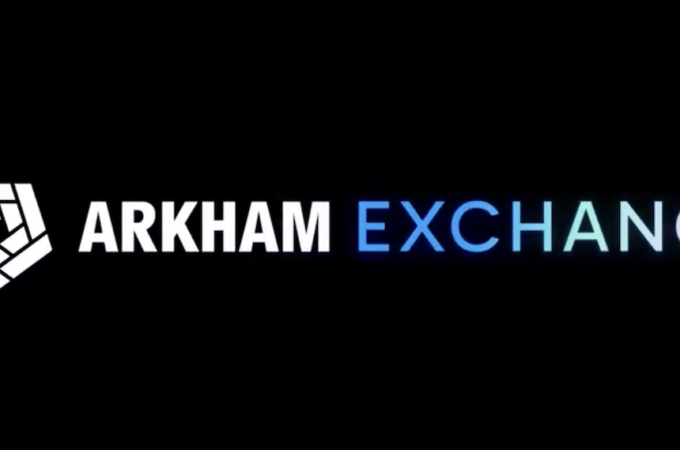
Are Auto Insurers On The Road To Nowhere?
By Morgan StanleyVoice for Forbes
Personal transportation is on the verge of disruption from several different directions: New technology is reducing the number of accidents; data makes it easier to track driver behavior; ride-sharing is replacing car ownership.
Each of these trends could dent the global auto insurance industry. As they begin to converge, the damage could be irreparable. In mature markets, auto insurance could drop by as much as 80% by 2040, according to a recent Blue Paper report from Morgan Stanley Research and Boston Consulting Group (BCG), “Motor Insurance 2.0.” The report, which includes findings from a proprietary global consumer survey and market modelling, looks at how transportation is changing, how the insurance industry is trying to reposition, and what it mean for investors, related sectors, policy makers, and consumers.
“Although certain insurers are anticipating change, we think that the industry as a whole is underestimating the extent and timing of disruption,” says Jon Hocking, Morgan Stanley’s European insurance analyst and lead author of the report. “A significant part of the $200 billion market value of the global motor insurance industry is at risk.”
Cars Are Getting Safer
Trend spotters have been focused on the effects of fully autonomous vehicles, but autos with advanced-driver assistance are already on the market and proving significantly safer than their predecessors. “Over the next five to 10 years, these features and other external technologies will materially impact the risk pool,” says Hocking.In the consumer survey, nearly 75% of participants across all markets indicated that they are willing to accelerate their car purchases to access advanced safety features. Similarly, consumers said they are willing to pay more for improved safety features, and at least 65% would pay to retrofit their current vehicles with accident-reducing technology.
What’s more, most consumers said they would support their governments making accident-reduction technology mandatory in all new cars; about 20% would even actively push for it.
Initially, a drop in auto accidents—and claims—could lead to above-average profits, the researchers note, but this is likely to be short-lived, as market forces drive down premiums. “We think that the UK is likely to have the fastest adjustment, followed by the U.S., Australia, and European markets,” says Hocking.
Changing Consumer Behavior
Let’s be clear: Consumers aren’t about to end their love affair with cars. Most people, regardless of age, market or income level, still value car ownership. Even so, many drivers are increasingly willing to trade in car ownership for shared-mobility services, such as ride-hailing and ride-sharing.
One signal of a how consumers may opt to curb their relationship with cars: Among participants in the Morgan Stanley-BCG global survey, only 60% of respondents said they would keep a car they rarely use. How does that translate? “Multiple-car owners are already less keen on replacing second and third cars compared to their primary car,” says Hocking.

Demographic trends also play a significant role. Increasing urbanization, along with the preferences of younger consumers—50% of 18- to 34-year-old drivers have already used ride-sharing services, for example—is likely to accelerate this shift away from car ownership.
For auto insurers, their market share will likely switch from predominantly personal lines, recently 80% of auto insurance, toward commercial lines. Morgan Stanley estimates that, by 2030, the auto insurance market may be split evenly between personal and commercial; by 2040, that ratio could be 30% personal and 70% commercial.
New Competitors
While new technology and shared-mobility affect demand for auto insurance, industry changes also open doors for nontraditional players, namely those with access to proprietary driver data. The researchers identified three types of organizations that could each take 4% to 9% of selected markets by 2020: Tech giants, automakers and, to a lesser extent, telecom companies. Each of these types of entities could offer highly customized insurance products to customers via their smartphones or vehicle dashboards, with selection, underwriting and pricing that leverage customer data.
In fact, data will likely be a major point of contention going forward. “Traditional insurers may very well find themselves forced to pay to access driving data, unless they can secure it directly through much stronger customer relationships,” says Hocking. “Sophisticated counterparties, such as shared-mobility fleet owners, will not only own the data, but are likely to perform their own analytics, dramatically reducing the value proposition of an insurer.”
Consumers, for their part, seem open to new options. More than half of all consumers surveyed, said they would be willing to buy insurance from a nontraditional player.
Adding up the Damage
For global insurers, and their investors, the implications of these trends are significant. Even under a “limited disruption” scenario, Morgan Stanley estimates that mature mobile insurance markets could shrink by 15% to 72% by 2040, in nominal terms. Under a “heavy disruption” scenario, a combination of technological, regulatory and social factors could reduce mature markets by 18% to 60% by 2030, and 54% to 84% by 2040.
“Given the scale of premium declines, in a heavily disrupted scenario, we foresee significant restructuring would be required in order to avoid ongoing losses,” says Hocking, noting that insurers need to examine all aspects of their operating models, from product and business mix, to underwriting capabilities and distribution channels.
Among the major insurers globally, motor insurance accounts for anywhere from 8% to 99% of property and casualty premiums. Although it is typically not the most profitable line of business, motor insurance shares expenses with many other product lines, and in some markets, is a loss leader. The implication: for insurers, losing market share in motor may erode their other business segments.
“In the face of such disruption, we believe that incremental change is not an option,” Hocking adds. “Insurers must adapt.”
First appeared at Forbes





